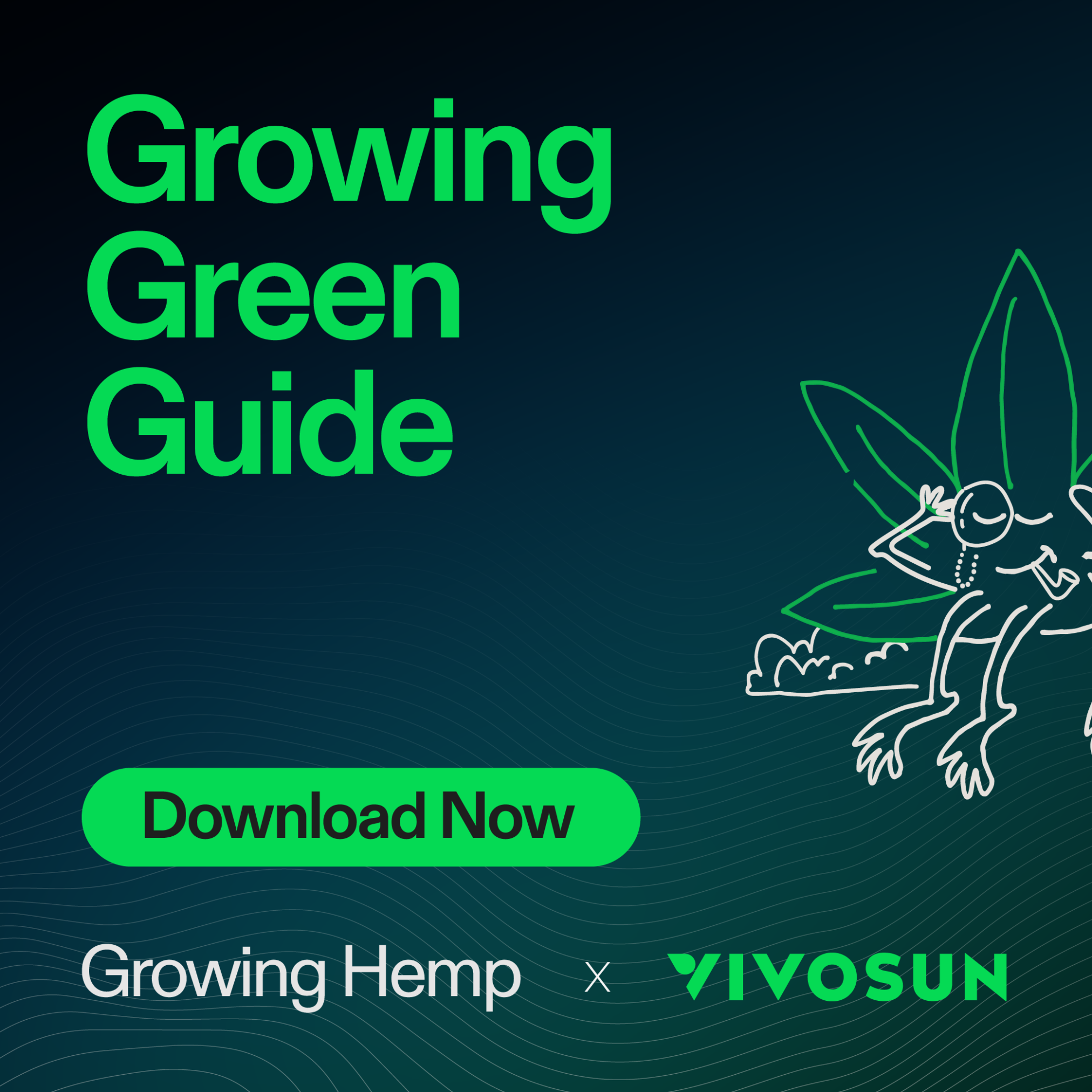Germination is the first step on the magical journey of growing. I’ll be honest here, I’ve lost my patience because my plants just weren’t germinating—I didn’t know if I had done some wrong or if I had a batch of bad seeds, but of course, I was just being impatient when all I had to do was wait. Knowing how long germination takes can definitely help alleviate some anxiety so I want to break it down. What’s more, hopefully, we can outline how to check whether your seedling isn’t going to germinate at all. Solving any mistakes quickly will improve your success of germination.
So what is seed germination?
Germination can be defined as a seed sprouting out a taproot or a small stem as the first stage of growth in the plant’s life. During this process, it will absorb oxygen, water, and some minute amount of nutrients from the soil or even on its own shell to support its growth. When your seeds have absorbed enough water, the water within your seeds will activate special proteins—enzymes—that stimulate growth. Water, oxygen, and temperature are the three most important factors that contribute to germination. Even when though all the conditions are met, it doesn’t mean that your seeds will sprout; an ideal environment can only increase the success of germination. Overall, the germination rate for cannabis seeds is about 80%, so don’t be discouraged if a few don’t grow at all, it is natural.
How Long does It Take for Seeds to Germinate?
The germination time of cannabis seeds can vary due to factors like seed quality, environmental conditions, and the specific strain being cultivated. However, under ideal circumstances, cannabis seeds usually sprout within 1 to 7 days.
General Timeline of the Germination Process
| Stages | Description |
| Seed Preparation
(optional) |
Many growers opt to soak their seeds in water for 12 to 24 hours prior to planting, as it helps soften the seed coat and initiate the germination process. |
| Planting | Once prepared (or not), seeds are commonly planted in a moist growing medium. Seeds should be placed half an inch to an inch deep into the soil or growing medium, with the pointed end facing downward. |
| Germination | Seeds should be situated in a warm, dark setting with temperatures ranging from 70°F to 85°F (21°C to 29°C).
Many growers place seeds between damp paper towels or utilize seedling trays equipped with a humidity dome to uphold ideal conditions. |
| Emergence | Few days later, you will see the seeds beginning to crack open and tiny taproots emerging which is the beginning of the germination process.
Keep in mind that some seeds may take longer to sprout than others, so be patience and maintain the appropriate environmental conditions. |
| Seedling Stage | Once the taproot has emerged, the seedling will start to grow upward, producing its initial set of true leaves.
At this stage, you can delicately transplant the seedling into its permanent growing container or medium. |
How to Germinate Seeds?
There are three common ways to germinate your seeds:
1. Soak your seeds in water
This is the simplest and fastest way to germinate. This method works best on older seeds since they have harder shells. First, prepare a container filled with lukewarm water (room temperature, and then put your seeds in overnight. Initially, they should float on the surface of the water, and then they will sink to the bottom. For those which haven’t sunk, you can push them to the bottom of the container.
Store your container in a dark and warm environment and give them about 12-24 hours of soaking. If there is no sign of sprouting after 48 hours, the seed may be a dud, or, if none of the seeds sprouted, your water may have been too hot or too cold. For this process, you can use distilled water since your seedlings will have enough nutrients in the delicate leaves wrapped around the seeds. You should be able to use tap water, too, but tap water varies based on where you are so it may contain heavy metals or chemicals.

2. Wrap your seeds in a paper towel
Germination in a paper towel is also a common method for growers. You need to ensure your paper towel is moist rather than sopping wet since sopping wet towels cause seeds to rot. Place the seeds in the moist paper and fold the paper or cover the seeds with another moist paper towel. You should provide a warm and dark environment for your seeds to germinate.
For this, you can put the moist paper with your seeds in a plastic bag that will help to retain moisture Check the seeds and the paper towel every 5-8 hours and make sure the paper towel stays moist by spraying it with water if it is dry. If everything goes well, you will see the white taproot after about 24 hours. For some seeds, it can take 3 days to sprout, some even up to 7 days, so be patient (unlike me!).

3. Cultivate your seeds in the soil
This method takes the longest amount of time but is the most beneficial way for your plants because they germinate in an environment stimulating nature and don’t need to be transplanted after sprouting. Make sure the soil is wet but not soaked—at this early stage you should always try to avoid overwatering because mold grows quickly on seedlings—they have no defense against it.
Sow your seeds 1/3 an inch from the surface. Cover them lightly with soil so that the seeds can easily grow out when they begin to mature. To provide a mini greenhouse that can retain heat and moisture, you can use aluminum foil to cover your grow spaces but remember to leave some holes to ensure airflow. Generally speaking, using this method takes 4-5 days to germinate. Given that conditions can vary by the natural environment, try waiting somewhere between 3-7 days for your seeds to germinate.

What Is the Duration of the Germination Process?
Those are the three primary ways to germinate a seedling. Germination time depends on the method you are using, the quality of your seeds, and the environment you have provided. I recommend you test out all these three methods and choose the most effective way for you—it will also add to your experience and honestly, it’s just fun.
What affects germination time?
- Water: Water can help the seeds to expand and activate enzymes. Enzymes help to turn the food stored in seeds into energy.
- Temperature: Seeds will germinate in a warm environment, you should keep the temperature between 68℉- 80℉.
- Oxygen: Oxygen is a necessity for seeds to germinate. Seeds can use oxygen to conduct aerobic respiration, producing energy for germination.
Other elements such as light, nutrients, and humidity will also influence germination time, but those previously stated are the most important factors.
Germination Stages of Seeds
| Stages | Descriptions |
| Imbibition | This is when the seed takes in water, activating enzymes that break down the seed’s stored nutrients. The seed will swell and crack open its outer shell. |
| Emergence of Radicle | After 12-36 hours of imbibition, the first tiny white root tip called the radicle emerges from the seed. This signals the seed has germinated. |
| Emergence of Stem | Next, the stem tip or germ pokes out from the opposite end of the seed. It starts growing upwards in search of light. |
| Growth of Seed Leaves | The stem continues to grow, and the first pair of seed leaves called cotyledons emerge and open up. These provide the first source of energy. |
| Shedding of Seed Husk | As the seedling establishes itself, it sheds the hard outer seed case completely. The cotyledons continue providing energy. |
| Growth of First True Leaves | After the cotyledons have served their purpose, the first set of single-bladed true leaves sprout from the central stem. |
| Establishment of Root System | The main taproot grows downwards while lateral roots branch out, establishing a full root system. |
Hopefully, this has given you a general understanding of the germination process. If you have been waiting for a long time (far beyond the expected germination time) and don’t know what to do, you can check our article When to Give Up on Seed Germination. If you have succeeded in germinating your seeds, share your experience with us!
If you have any questions, please don’t hesitate to reach out to us!
And be sure to check out our other blog posts for useful tips on becoming a great grower!
We love the new VIVOSUN Smart Grow System and we are certain that you too will love it once you try it.
And join our Facebook farmer’s community for even more exclusive contests and prizes!
Download VIVOSUN App to explore more information!







